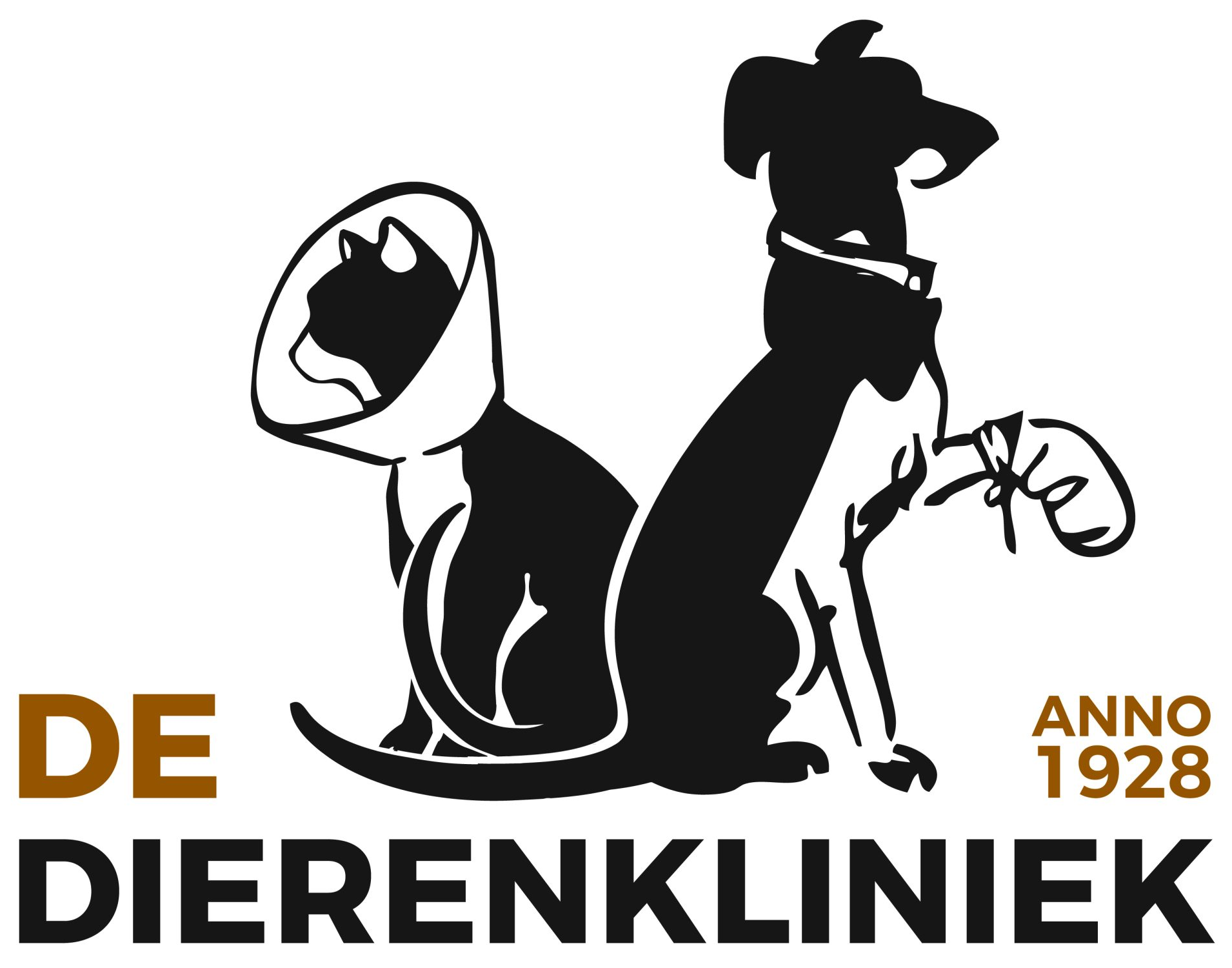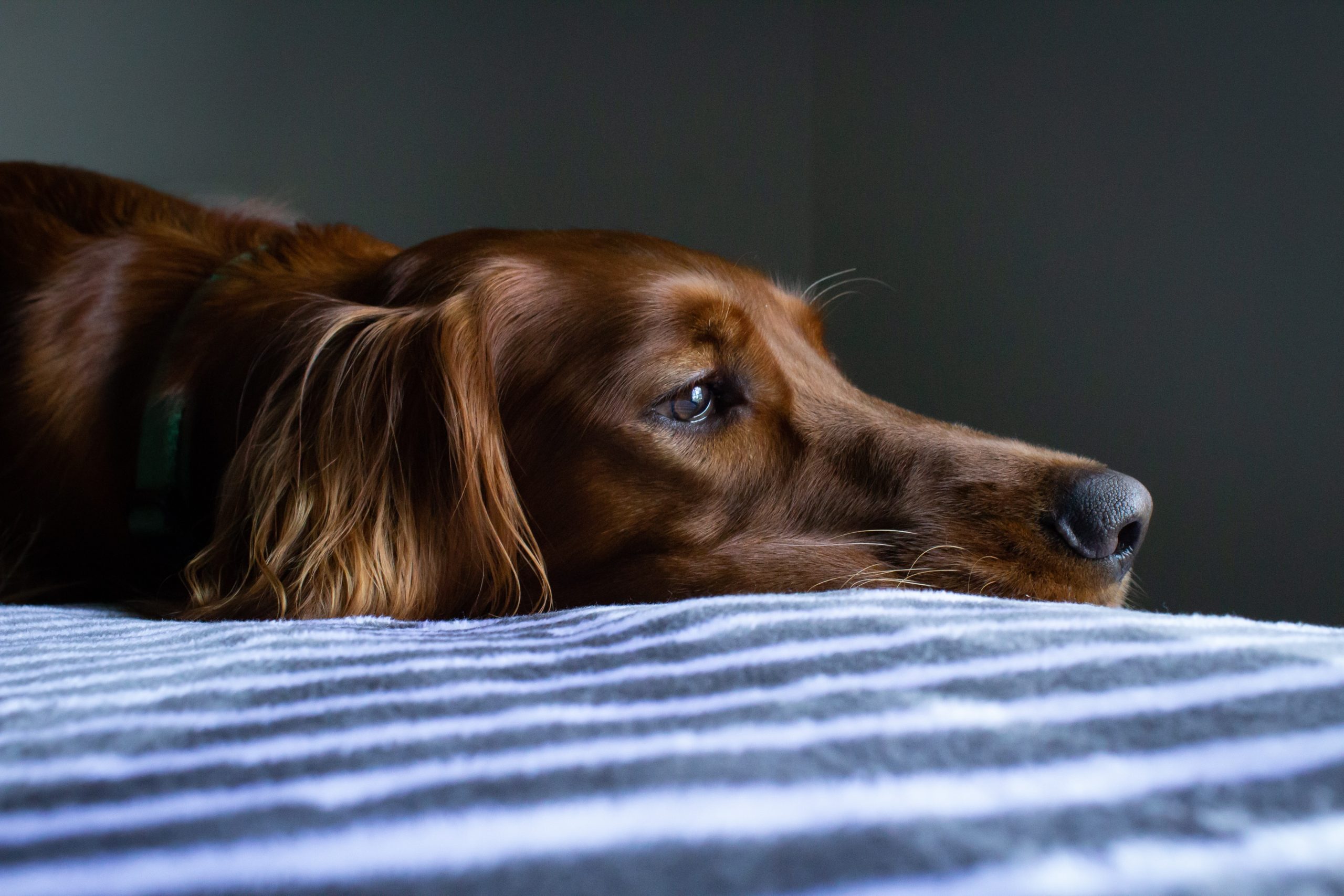giardia in dogs
What is Giardia in dogs?
Giardia is a common intestinal parasite in dogs. In general, dogs carrying this parasite hardly suffer from anything. However, in sensitive dogs, such as puppies or dogs with reduced immunity, the parasite can cause health problems.
Symptoms of Giardia in dogs
The most common symptoms of Giardia are:
- variable to persistent diarrhea
- abdominal pain
- blood and/or mucus in stool
- vomiting
- decreased appetite and lethargy
The degree of symptoms varies greatly from dog to dog. Many dogs carry the parasite and have no symptoms whatsoever. If dogs become infected with Giardia, it takes an average of 1 to 2 weeks until symptoms appear – if they appear.
How do dogs get infected with Giardia?
Dogs infected with Giardia excrete the parasite in their faeces. These parasites end up in an environment where it can infect another dog. This happens, for example, by eating (infected) grass, drinking from puddles or licking his or her paws with which the dog has stepped into infected surface. The owner can also carry it into the house via shoes, which sometimes also causes dogs to become infected.
Diagnosis Giardia
To determine that your dog has Giardia, we need a stool sample. The stool should be as fresh as possible. If it is not possible to bring the stool to us right away, make sure it is kept cool (in the refrigerator). We examine the stool on the presence of the Giardia parasite and have the results for you the same day.
We do the screening for Giardia using a SNAP test. This test contains a soluble Giardia antigen. One can also look under the microscope to see if the parasite is in the stool, but the SNAP test gives a more reliable result.
How is Giardia in dogs treated?
It is important to treat both the dog and the environment against Giardia.
Treatment of the dog
- Initially, we are going to treat the Giardia with Panacur (Fenbendazole) for 5 days. Because Giardia is highly contagious, we recommend treating all animals in the household with Panacur, even if they have no symptoms. This is because healthy animals can excrete the parasite just as well so you have a chance of reinfection.
- To treat the diarrhea and optimize resistance in the intestines, we recommend start giving light digestible food (e.g. Hill’s I/D) and probiotics for a while.
- Because there is a risk of your dog re-infecting himself/herself, it is wise to wash him/her with a dog shampoo on the 3rd and 5th day of the treatment.
- Sometimes it is necessary to repeat the Panacur or use a second medicine (Metronidazole) if the Panacur has insufficient effect.
Treating the environment
Giardia can remain in the environment for a long time, therefore it is possible for the dog to get reinfected. The colder and more humid the environment, the longer Giardia remains infectious. Therefore, it is important to treat the environment properly.
- Hot water kills the parasite. Wash the rugs your dog lies on as often and as hot as possible.
- Water and food bowls should be washed with boiling water every day. Leave the boiling water in the bowls for at least 1 minute.
- Chlorine or Quaternary ammonium salts kills the parasite and thus can be used for cleaning the area. This should soak in for at least 5 minutes and be rinsed thoroughly.
Is your dog’s Giardia contagious to humans?
Some Giardia strains can also be infectious to humans. So good hygiene is very important. Wash your hands immediately after contact with your dog.
If you have any further questions, please feel free to contact us.


